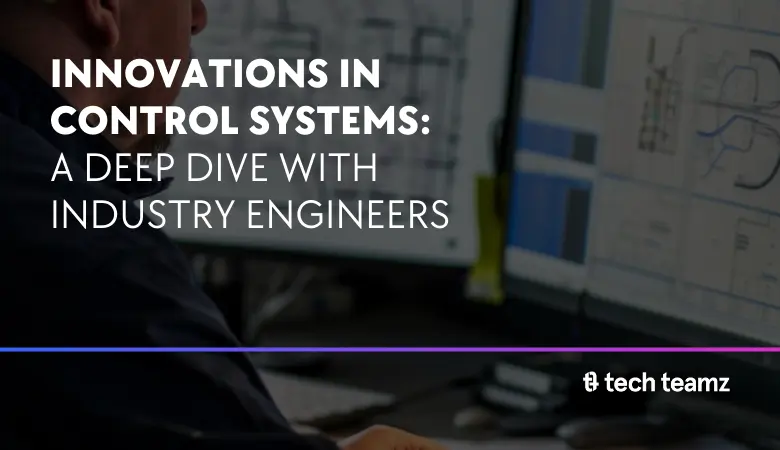Control systems are behind all the tech we enjoy today. They make our technology safe, allowing it to evolve and minimize risks for the final users. In our latest podcast episode, embedded engineers Mihai Stanescu and Alejandro Moya Blanco discussed the history and main applications of these systems, especially in engineering projects. Of course, industries evolve, and
so do the control systems that drive innovation in them. Let’s explore the progress in these systems that keep our technology efficient, safe and innovative. You can watch the full episode of our podcast here:
Control systems and smarter algorithms
These systems have evolved to become more intelligent algorithms at their core. That’s why they can make smarter, faster decisions in real time, opening up new possibilities in embedded engineering. Related content:
Are The U.S. Critical Systems Vulnerable To Cyberattacks?1. Smarter algorithms transforming the industry
Both the
Model Predictive control and Adaptive Control are making headway into what’s possible for embedded engineering. Thanks to these, it’s possible to be more precise and adaptable in environments with complex dynamics, such as autonomous drones and smart robotics. When you can
improve the system’s performance in real-time, embedded devices can respond faster and more efficiently to what you ask of them.
2. AI-Driven control systems for enhanced performance
One of the most significant innovations in control systems has been
the integration of AI and Machine Learning into them. With an AI-driven control system, you get devices that can predict and adapt to dynamic conditions without issue. AI is here to
enhance the capabilities of control systems, not to overtake them. Thanks to artificial intelligence, devices can function at their best performance, and this growing influence impacts several industries.
3. Power efficiency and real-time optimization
IoT and wearable devices and other technologies that depend on batteries need
power-efficient control systems to work properly. When we can count on real-time optimization, these systems improve their energy usage without compromising the device’s performance. Besides, this progress helps
keep a longer battery life, and sustainable operation, particularly for devices that need to function in environments with limited resources, for example, outer space, or even very remote areas of our planet, like the deep sea.
4. Safety-critical applications
When safety is critical, systems like these are fundamental for every device. Some examples are automotive and aerospace, which both require
precision and reliability for the user. The most recent innovations in this field involve building architectures that can tolerate and deal with faults and redundancy. That’s why research has shown that the
automotive industry is the highest-paying one for control engineers. Another thing to consider is that these devices have to
comply with quality standards, like ISO 26262, which is essential for control systems operating in critical safety contexts. When engineers develop self-correcting algorithms, they are pushing control systems into new territory, where they can innovate and keep safety standards at the same time.
Conclusion
Control systems are constantly evolving to meet the demands of emerging technologies. As industries connect and become smarter, control systems become fundamental in driving innovation. What do you think? What’s the next big break for the control engineering field? Let us know!


